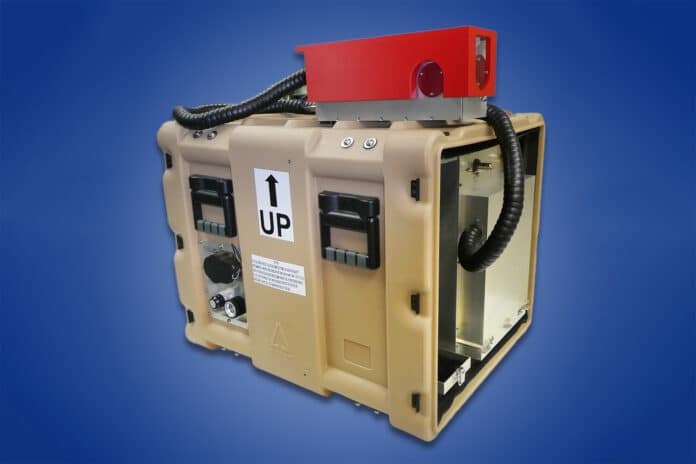NASA is developing a space launch system for the purpose of carrying spaceships, both manned and unmanned, into Earth orbit. NASA’s design is similar to the Stratolaunch System already under development by Paul Allen and Burt Aerospace. NASA is seeking a more responsive and flexible launch system that could be 25% cheaper than vertical ground launch technologies.
Burt Aerospace’s launch system is composed of three major components: a carrier aircraft projected to be the largest aircraft ever flown, a multistage booster rocket and a state-of-the-art piggyback system.
The Carrier Aircraft will be built of scaled composites, way more than 1.2 million pounds, have a wingspan of 385 feet, require six 747 engines and a takeoff and landing runway 12,000 feet long. The carrier will be capable of flying 1,300 nautical miles to reach the optimal launch point.
Space X will design the multi-stage booster based on its Falcon 9 rocket. The booster will be 120 feet long and capable of boosting payloads into lower earth orbit. The booster and spacecraft will be released at approximately 30,000 feet and the multistage rockets will fire in sequence until the spacecraft is out of Earth’s atmosphere.
Dynetics will build a Mating and Integration System (MIS) including the Booster/Carrier Aircraft interface and mechanical, electrical, thermal, components which are capable of safely and securely carrying up to 500,000 pounds.
For Burt Aerospace the Stratalaunch System is its next step after the successful suborbital flight of SpaceShipOne in 2004 and brings together the SpaceShipOne team, Space X, and NASA’s Dave King and Gary Wentz.
NASA’s version calls for a 747 to tow a reusable glider based rocket launcher to an altitude of 40,000 feet with the rocket attached to the underbelly of the glider. The glider would have a simple airframe and no engines, fuel tanks etc. on board. NASA is developing a proof-of-concept model with a 24 foot wingspan that will be tested in 2016.






